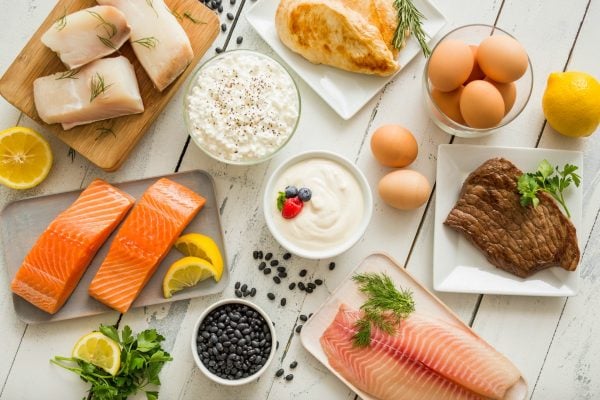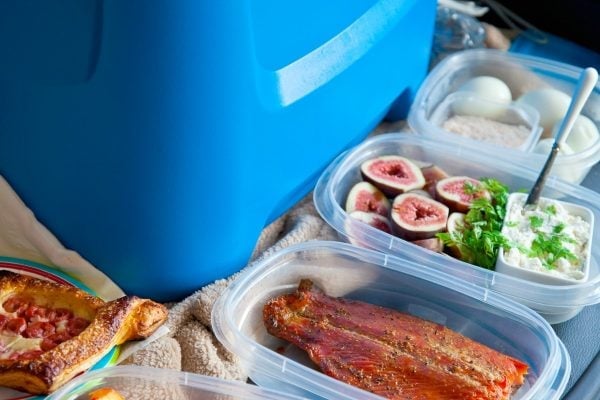

There’s nothing quite like a day on an Aussie beach going between the sun and the waves, with an esky packed full of your favourite snacks. With summer finally here, I know I’ve been spending most of my weekends horizontal on a beach towel in the sand.
But there’s one thing us beach lovers don’t always think about when packing food and drink for the hot weather outside. It turns out, to avoid getting sick, we need to know more about the best temperature to keep hot and cold foods in our eskies.
In Queensland alone, there were 4261 cases of Salmonella notifications received during the past year. Can you imagine how many instances have gone unreported?
Foodborne illness is increasing in Australia and we need to be especially careful in summer as bacteria multiply faster in warmer temperatures, and preparing food outdoors makes safe food handling more difficult.
So what is the best temperature to store the hot and cold foods we’re packing? Are some foods riskier than others if you’re spending an entire day out? And is there an ideal way of packing your esky to avoid contamination of raw foods, cooked foods and drinks?
We have the answers to all of your questions, thanks to Queensland Health’s Feel Good Facts resource.
Are some foods riskier than others if you’re spending an entire day out?



Top Comments
A helpful hint is to keep some ice in a sealed bag for drinks in cups. As the ice in the esky is very much open to contamination (by hands and other foods) and should not be consumed.